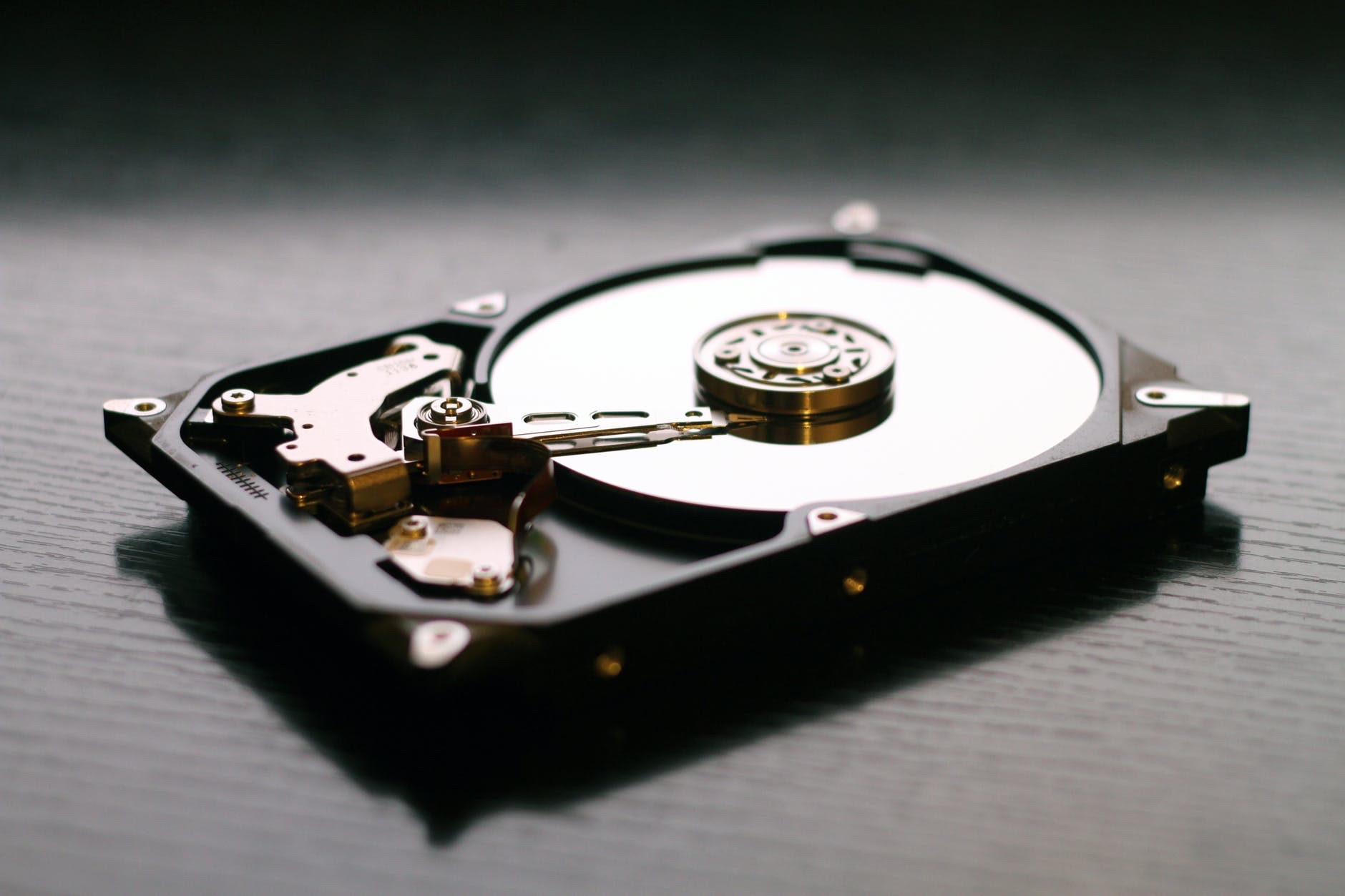If you’ve ever wondered what to reformat your flash drive or external hard drive, you are not alone. There are several formats to choose from, but there is likely only a couple that will work for your needs.
Formats
FAT32
FAT32 is the most common format found on flash drives (also known as thumb drives, USB sticks, or jump drives). FAT32 is perfect for these small devices because the format can be read and written to from every major computer or device (including Windows PCs, Macs, and Linux computers).
There is only one problem with FAT32, it cannot save a file larger than 4GBs. That might be a problem if you’re working with video or have a large ISO file that you’d like to store.
exFAT
FAT32 is being phased out for exFAT that can store files larger than 4GBs. Unfortunately, older operating systems do not support exFAT and there may be some compatibility issues.
Just like FAT32, exFAT can be read and written to across many platforms, including Windows and Mac OS.
NTFS
NTFS is a Windows format that can only be written to by a Windows computer (unless special software is installed). NTFS is the format of choice for running a Windows operating system but isn’t ideal for flash drives.
HFS+
Like Windows, Apple also has their own format called HFS+. This format has been the standard for Mac computers and their external devices. This format can only be read and written to by other Mac computers (unless special software is installed).
This format isn’t ideal for devices that will need to be accessed by Windows and Linux computers.
APFS
APFS is Apple’s newest format. It will replace HFS+ in the coming years and will offer several advantages over the 30-year-old format. APFS is designed for solid state drives and will make all of Apple’s devices more compatible with each other. Apple TVs, Apple Watches, iPhones, iPads, MacBooks, and iMacs will eventually all run on APFS providing greater security and speed in the future.
ext4
ext4 is the successor of ext3, the format used by Linux operating systems. This format cannot be read by Macs or Windows computers (unless special software is installed). Unless you are running a Linux operating system, you may never run across this format.
